Entry Category: Civil Rights and Social Change - Starting with C
College Station Freedom School
 Colored Deaf Mute Institute
Colored Deaf Mute Institute
 Comer Article
Comer Article
 Comer Speech Response
Comer Speech Response
Comer, James A.
Comer, Robbie Gill
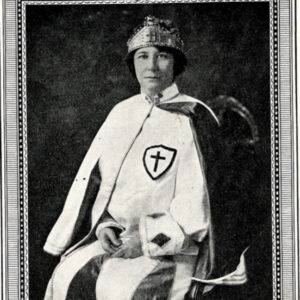 Robbie Gill Comer
Robbie Gill Comer
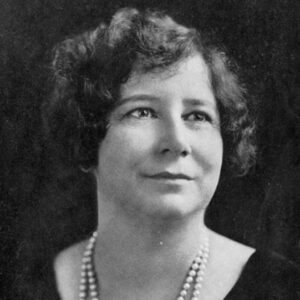 Robbie Gill Comer
Robbie Gill Comer
Committee on Negro Organizations (CNO)
Committee to Retain Our Segregated Schools (CROSS)
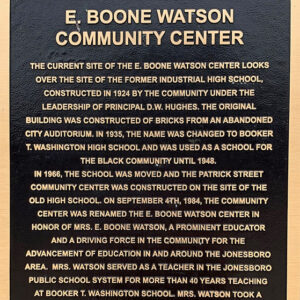 Community Center Commemorative Plaque
Community Center Commemorative Plaque
 Community Event
Community Event
 Compress Loss
Compress Loss
Congress of Racial Equality (CORE)
Cornish, Hilda
aka: Brunhilde Kahlert Cornish
 George Corvett Lynching Article
George Corvett Lynching Article
Cotnam, Florence Lee Brown
Cotter Expulsion of 1906
 Cotton Pickers
Cotton Pickers
Cotton, John (Lynching of)
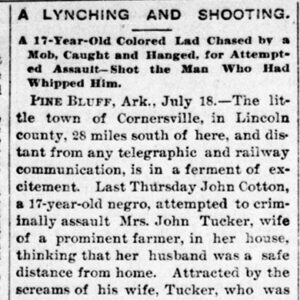 John Cotton Lynching Article
John Cotton Lynching Article
Council for the Liberation of Blacks (CLOB)
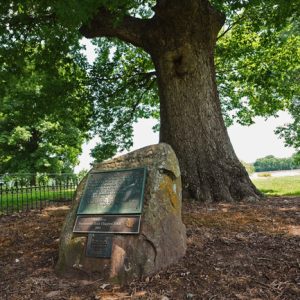 Council Oaks Tree
Council Oaks Tree
Council on Community Affairs (COCA)
Counts, Will
aka: Ira Wilmer Counts
Covington, Riley (Reported Lynching of)
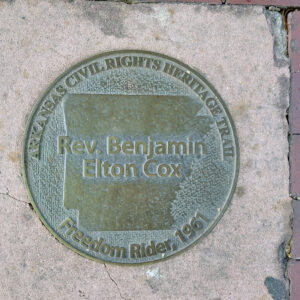 Cox Marker
Cox Marker
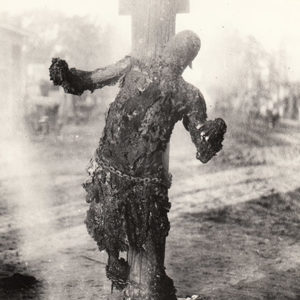 Edward Coy Lynching
Edward Coy Lynching
 Edward Coy Lynching
Edward Coy Lynching
Coy, Edward (Lynching of)
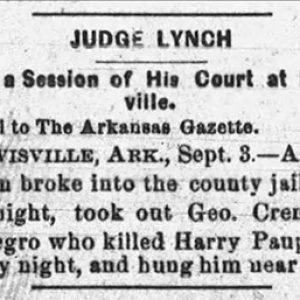 George Crenshaw Lynching Article
George Crenshaw Lynching Article
Crenshaw, George (Lynching of)
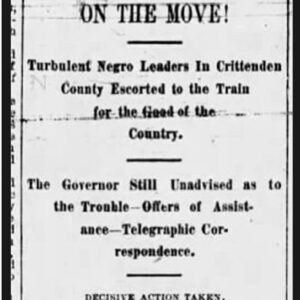 Crittenden County Expulsion Article
Crittenden County Expulsion Article
Crittenden County Expulsion of 1888
 Crittenden County Lynching Article
Crittenden County Lynching Article
Crittenden County Lynching of 1840
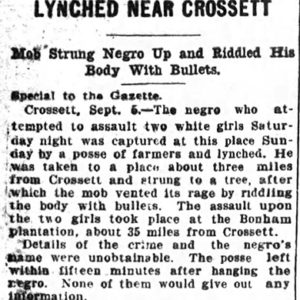 Crossett Lynching Article
Crossett Lynching Article
Crossett Lynching of 1904
Crossett Strike of 1940
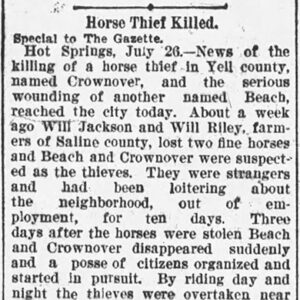 Crownover Lynching Article
Crownover Lynching Article




